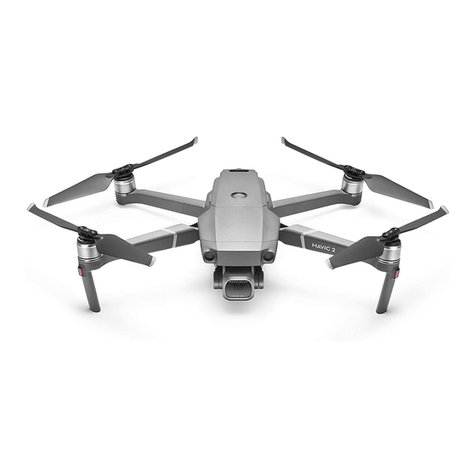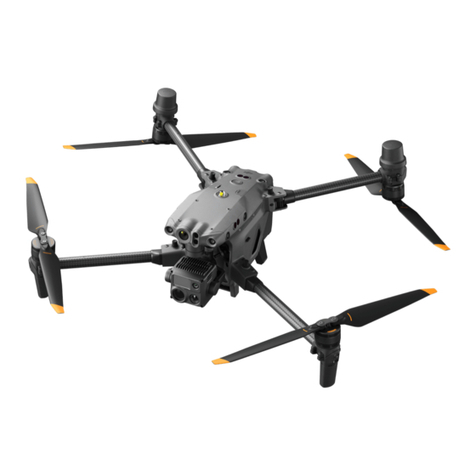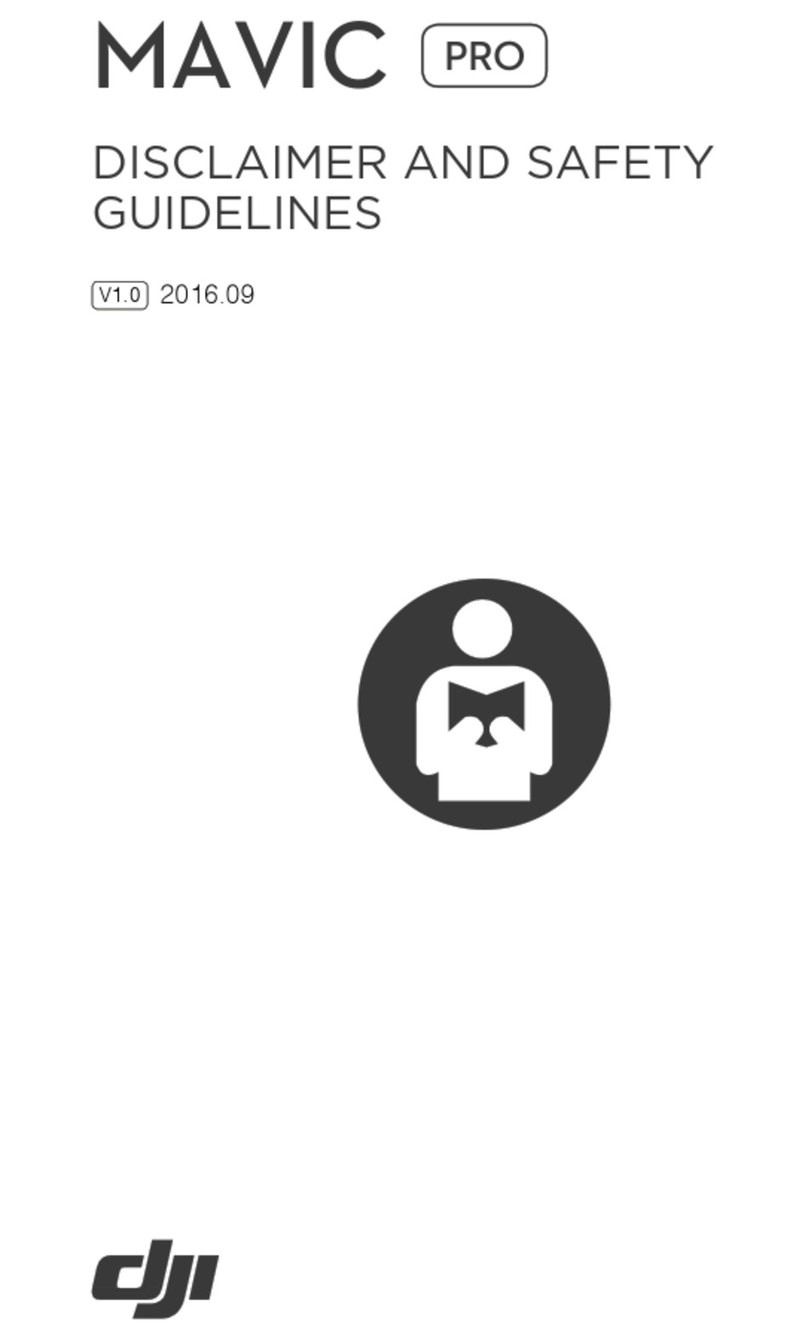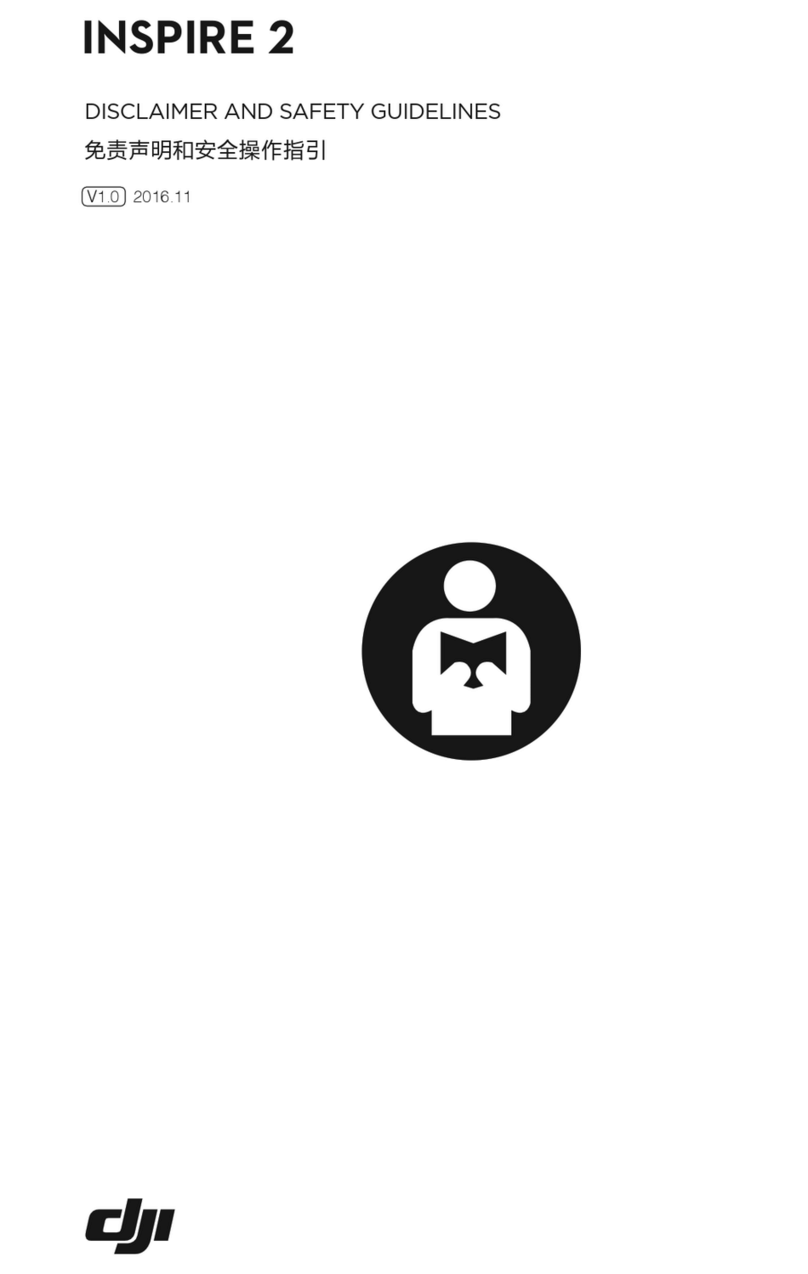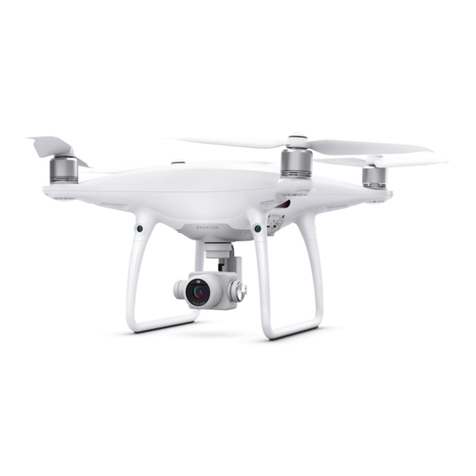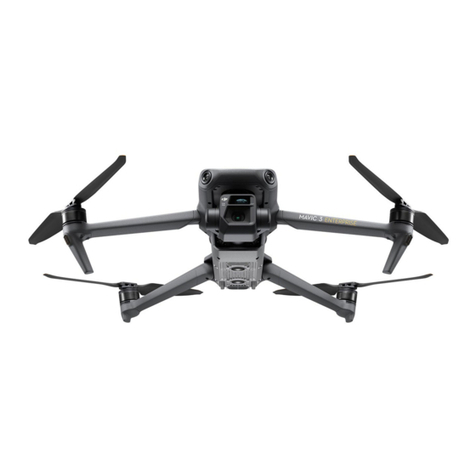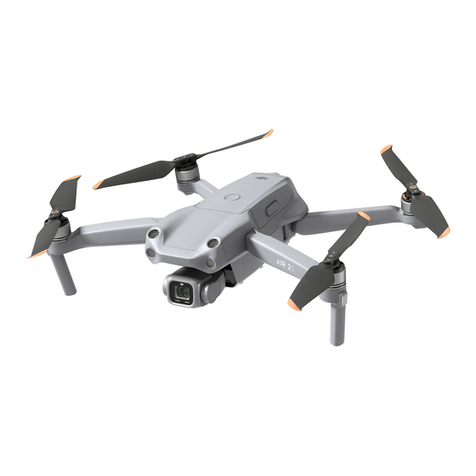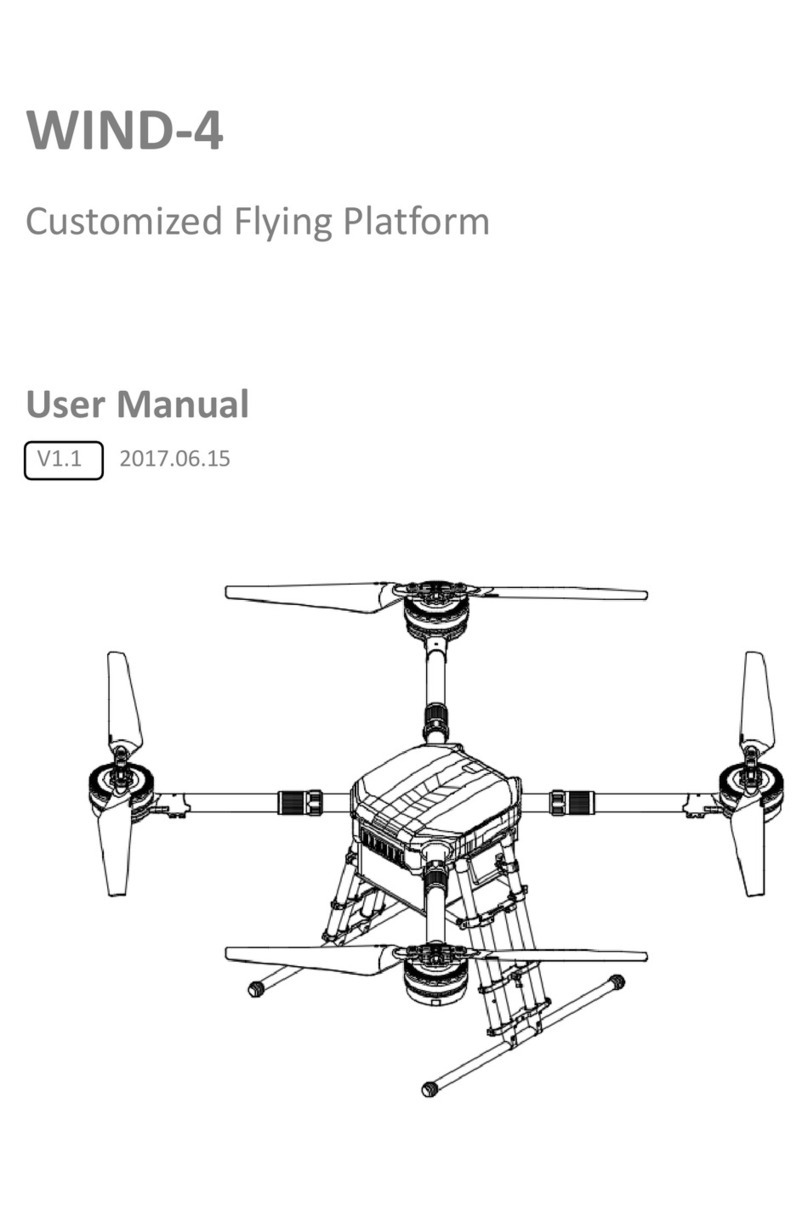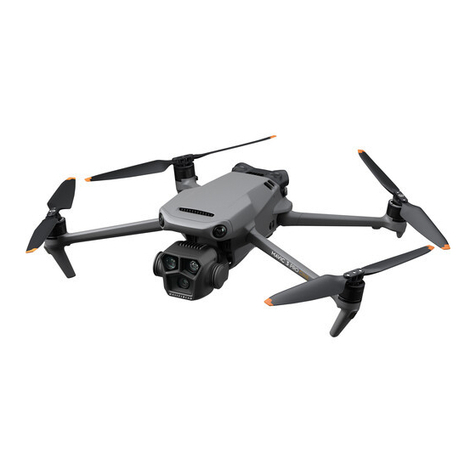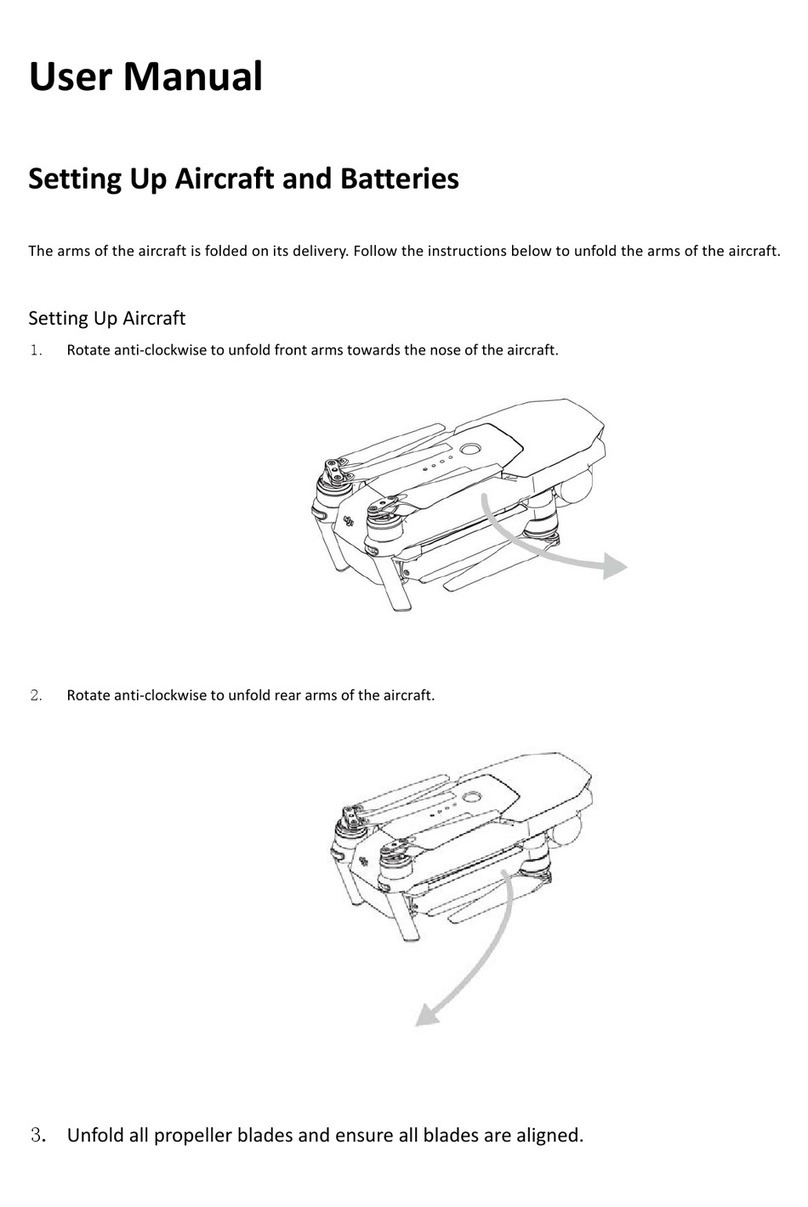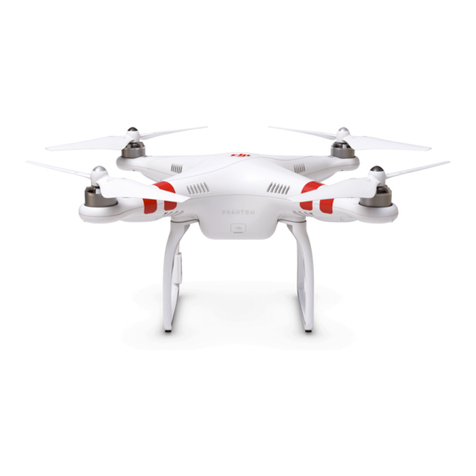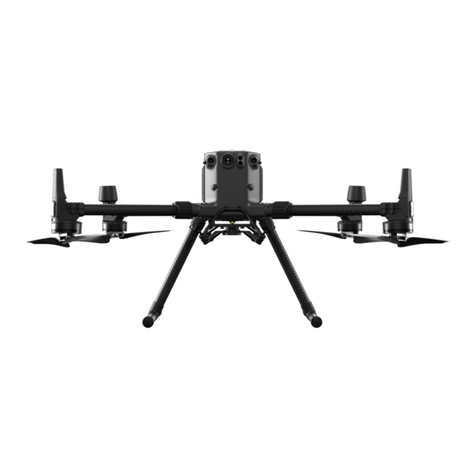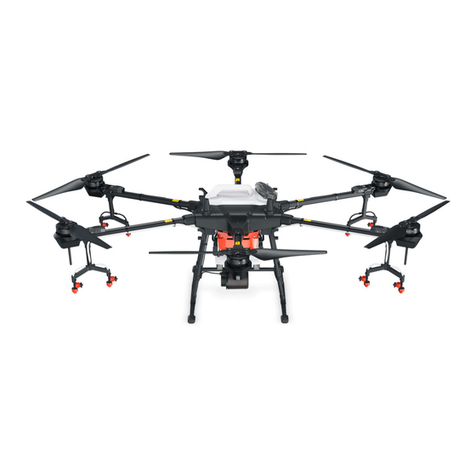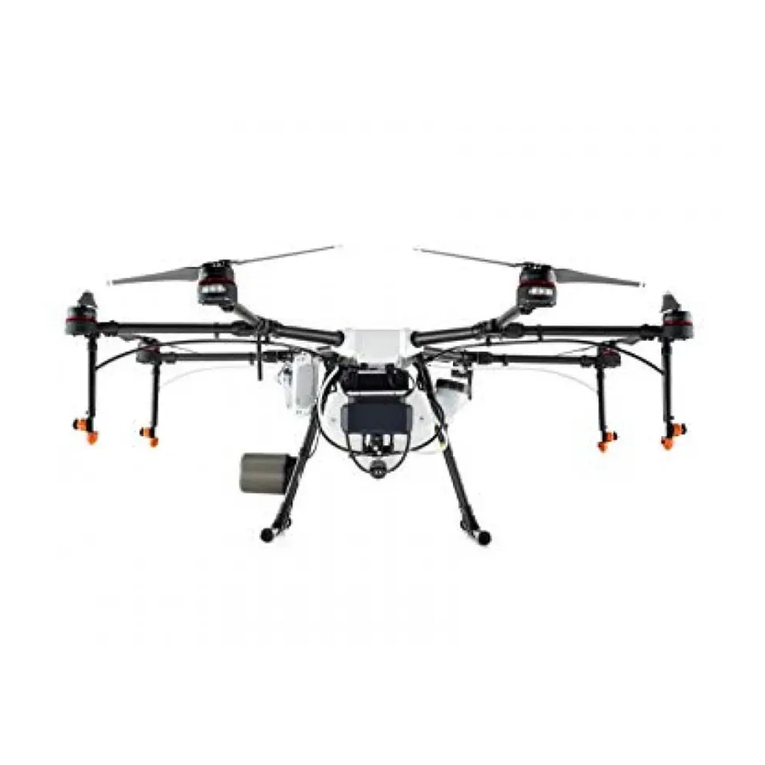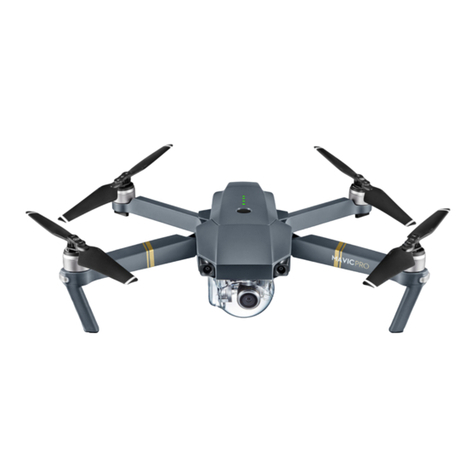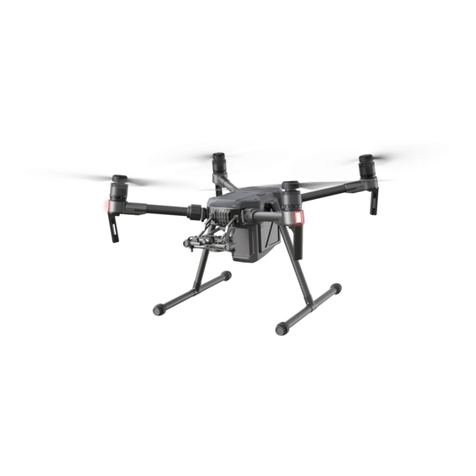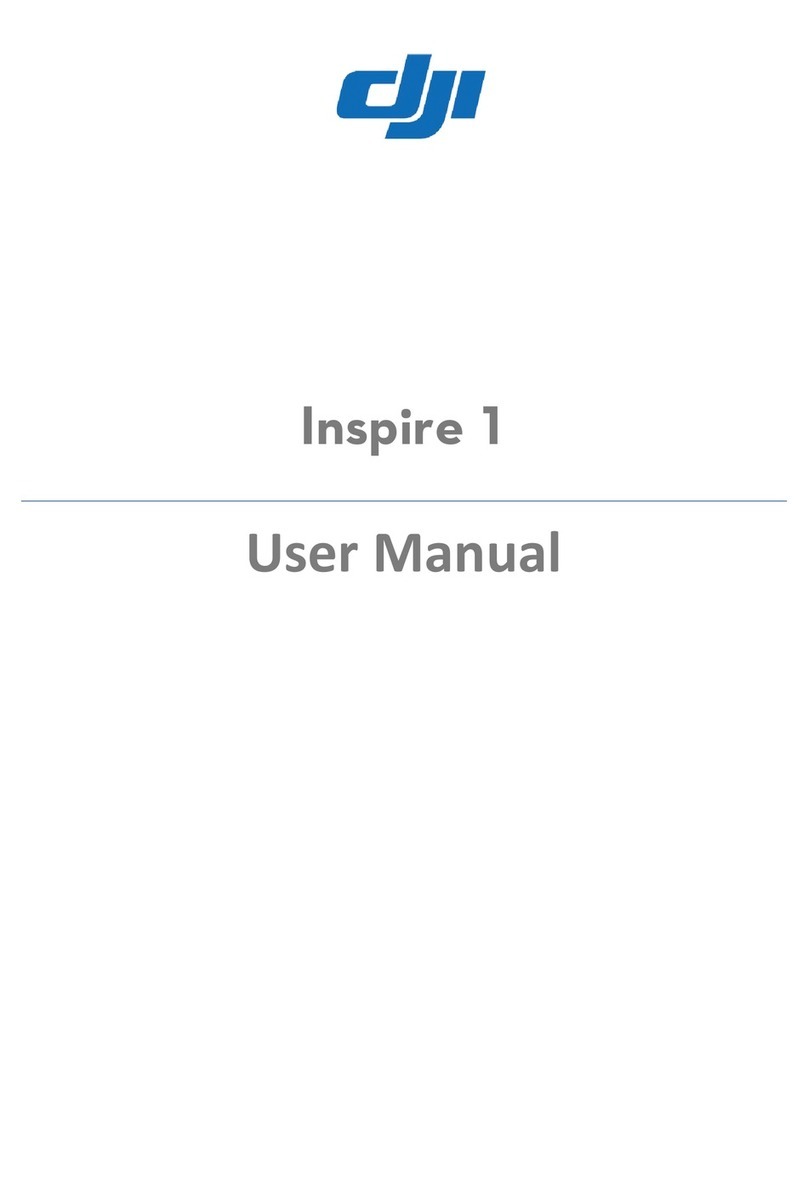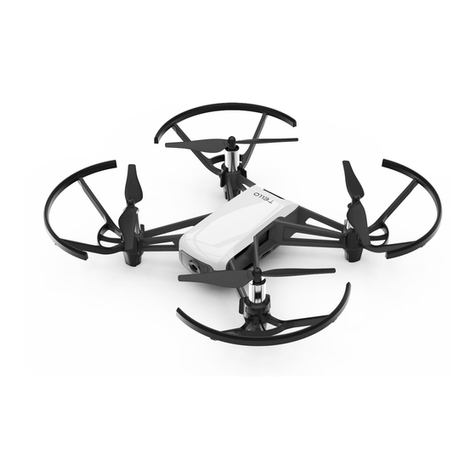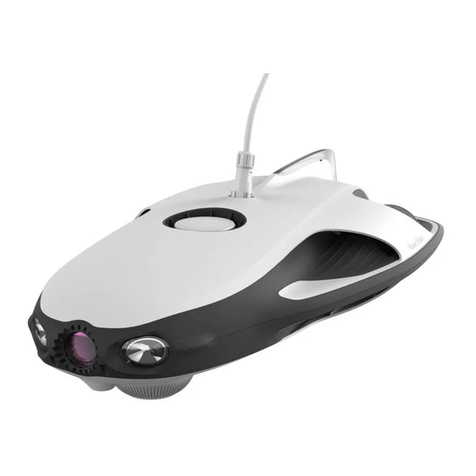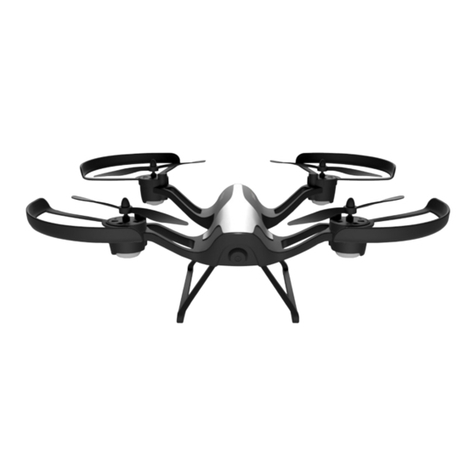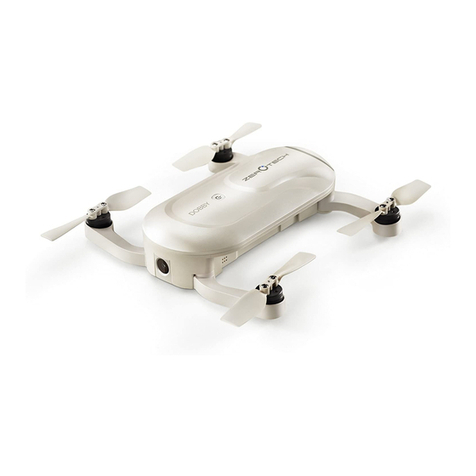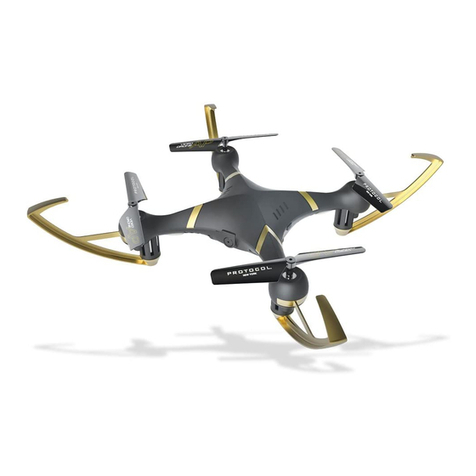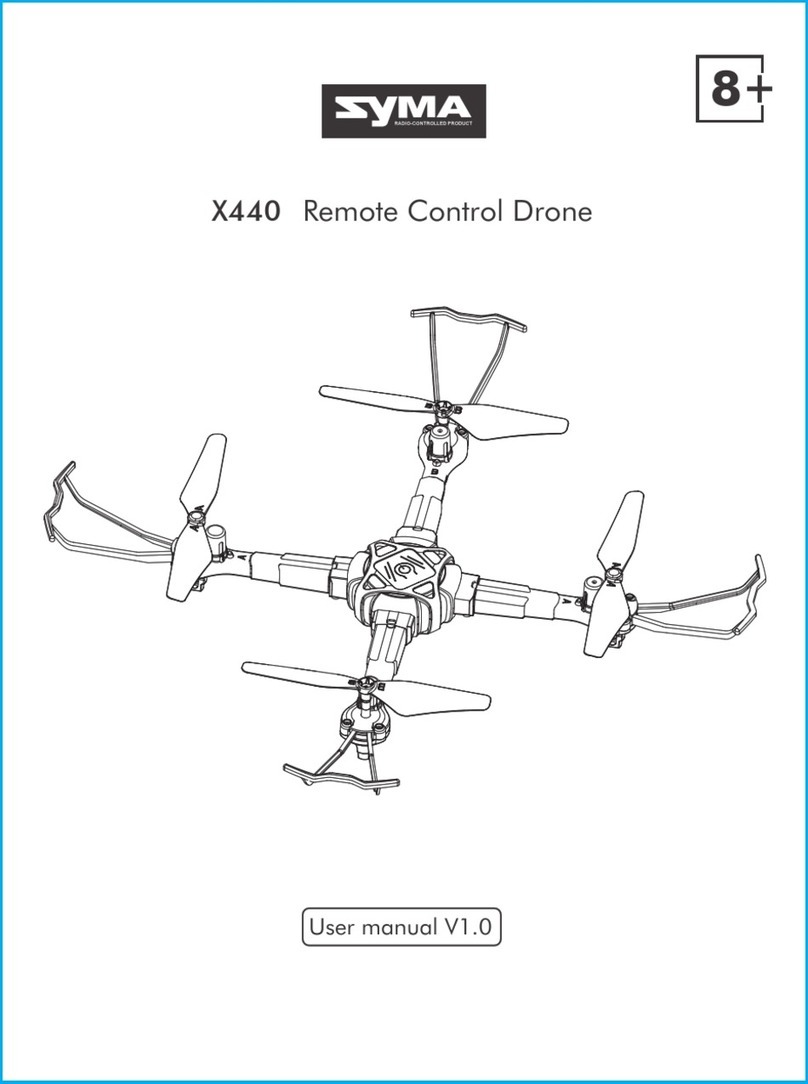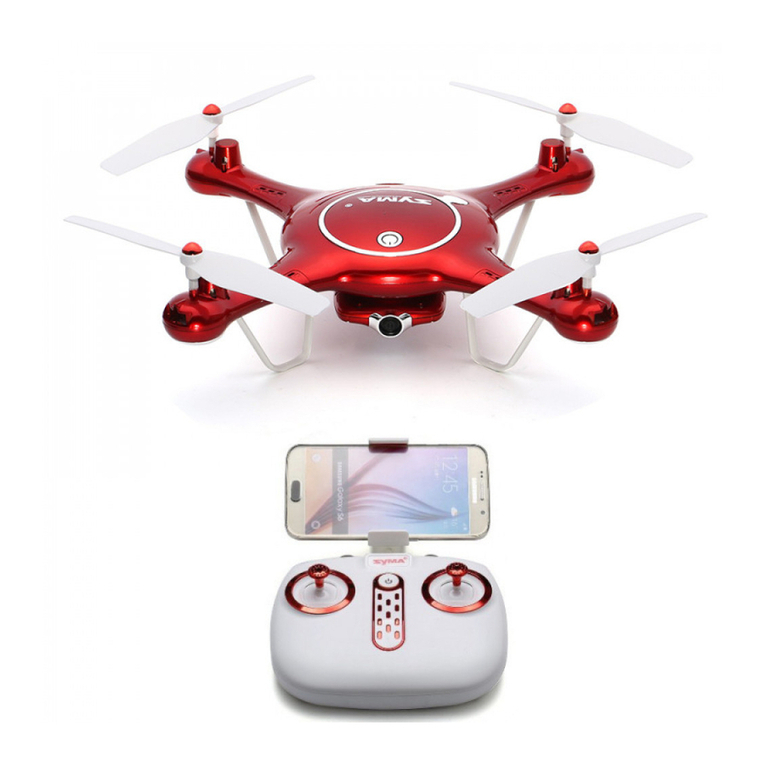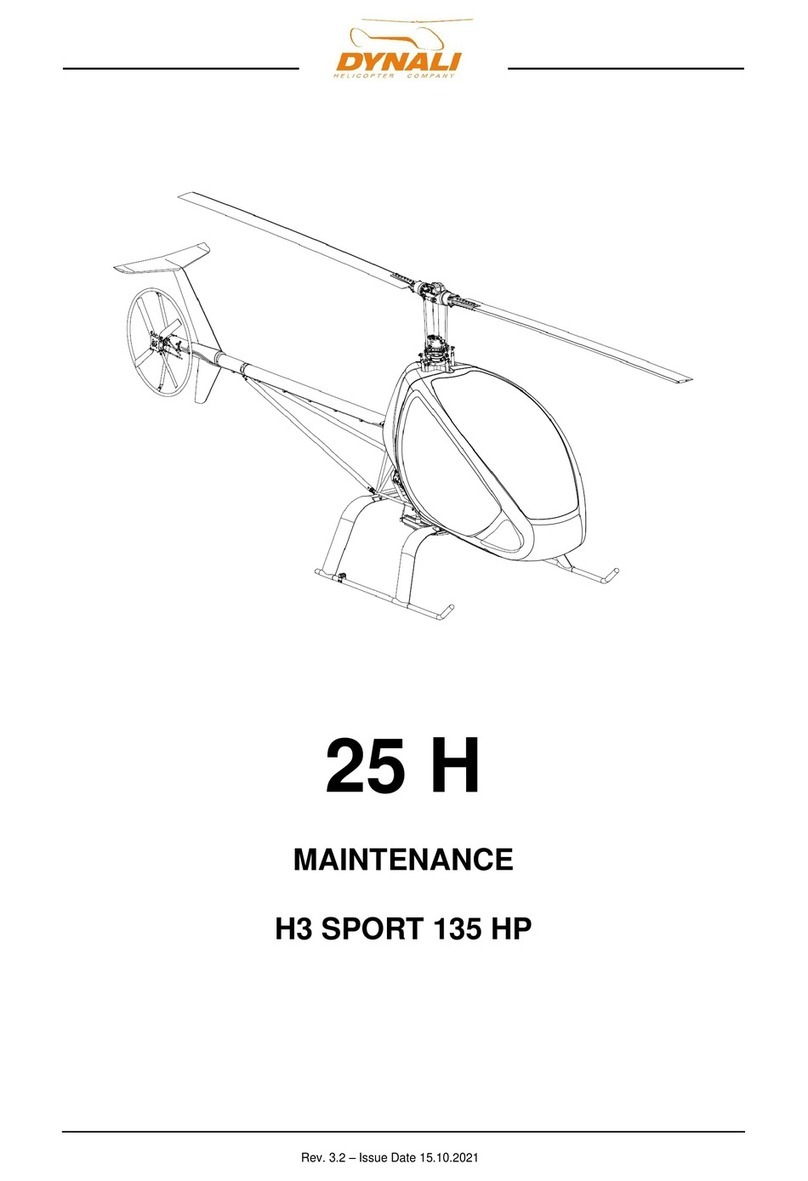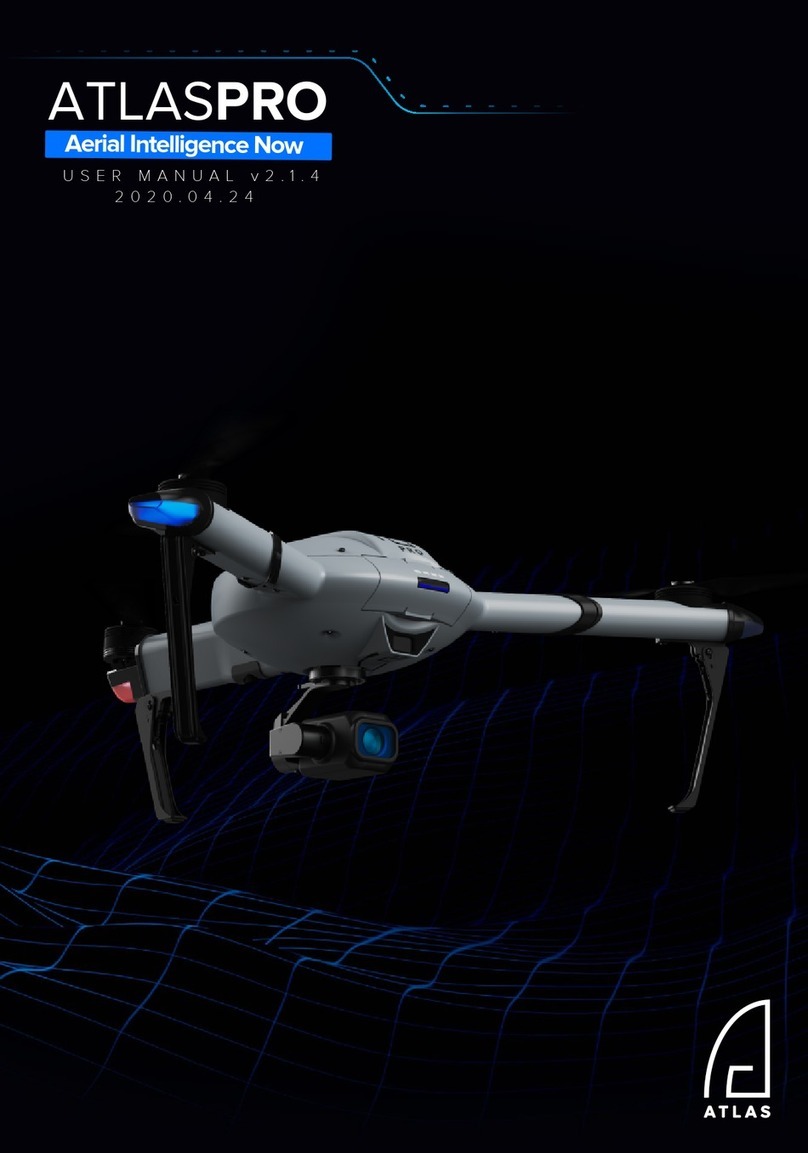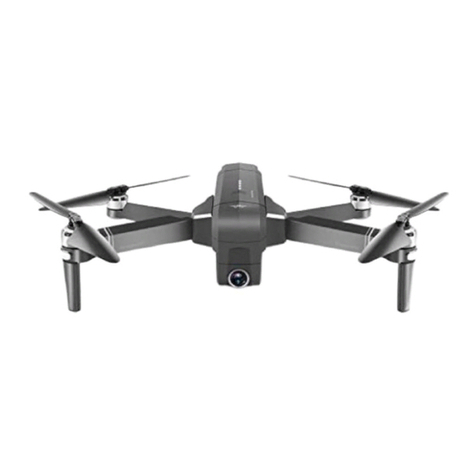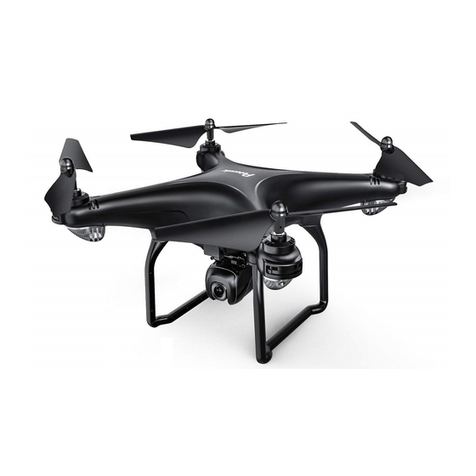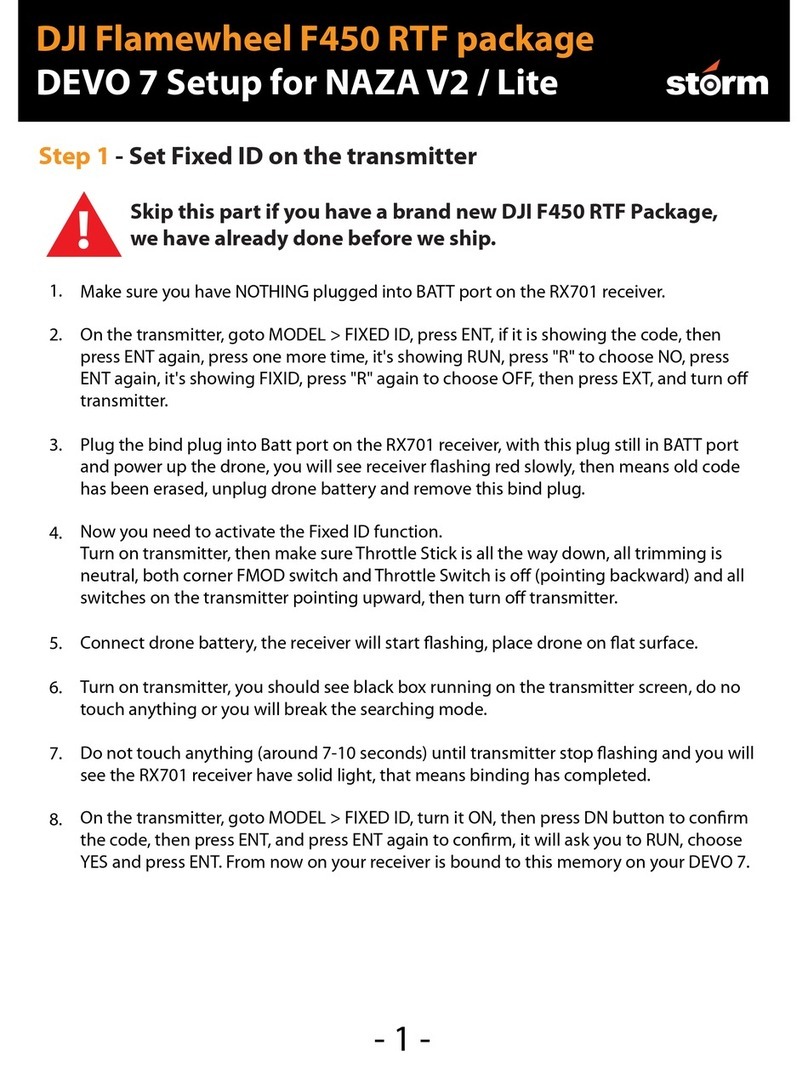
10
EN
for your own conduct while using this product, and for any consequences
thereof. You agree to use this product only for purposes that are proper
and in accordance with all applicable laws, rules, and regulations,
including international and domestic airspace regulations, and all terms,
precautions, practices, policies and guidelines DJITM has made and may
make available.
DJI accepts no liability for damage, injury or any legal responsibility
incurred directly or indirectly from the use of this product. The user shall
observe safe and lawful practices including, but not limited to, those set
forth in these Safety Guidelines.
Data Storage and Usage
When you use our mobile app or our products or other software, data
regarding the use and operation of the product, such as ight telemetry
data (e.g., speed, altitude, battery life, and information about the gimbal
and camera) and operations records, may be automatically or manually
uploaded to and maintained on a DJI-designated server. The internal
storage device incorporated into the product stores various types of data,
including ight telemetry data. You may also provide ight telemetry data
and other data to us when you manually transmit that information from the
internal storage device to us.
When you use the aircraft, ight telemetry data and operations records,
including still and motion imagery data from one or more sensors in
the aircraft, may be automatically generated and stored on the internal
storage device. You may also provide ight telemetry data, operations
records, and other data to us when you manually transmit that
information from the internal storage device, or when you provide the
internal storage device, to us.
The information that is automatically uploaded or manually uploaded to us
does not include personal data (i.e., your name, address, email, or other
information that specically identies you), but personal data, such as
your user name, may become associated with, used to identify, or tagged
to such uploaded information when we store it. We separately describe
how we use your user name and other personal data on our privacy
policy at http://www.dji.com/policy. By using the product, the mobile app
or other software we distribute, or by manually providing data to us, you
consent to the following:
• Our storage of any ight telemetry data and other data uploaded or
provided to us, including in combination with your user name;
